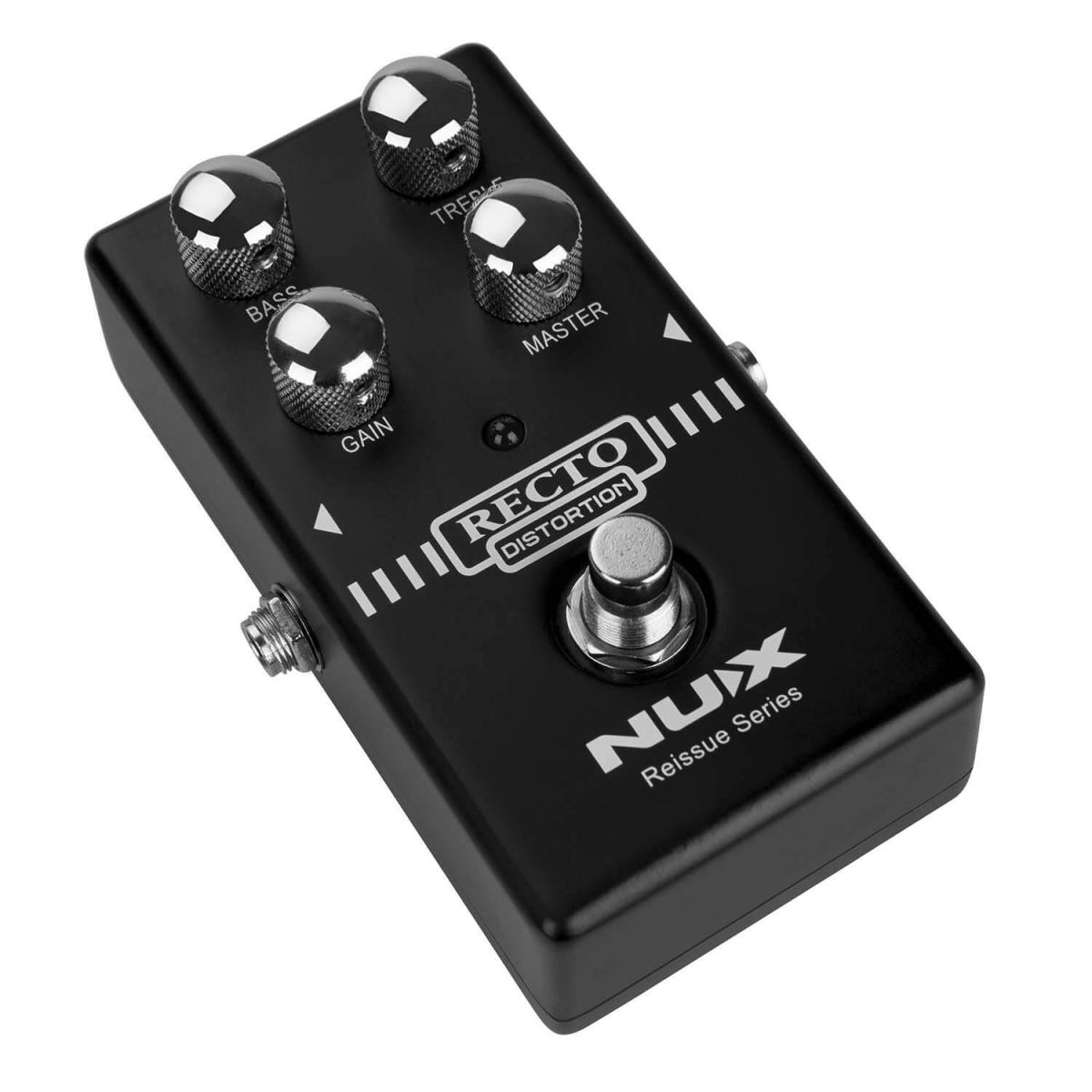4 Important Steps for a Great Metal Tone - Metal Matt's opinion
Getting a good metal tone is often quite counterintuitive. We are aiming for a distorted tone that still retains clarity, and the secret here is high output, relatively low gain, and wide-open tone controls.
This blog post will discuss gain stages, which you need to understand if you want to achieve a good metal sound. At what point the gain is added in your signal chain really changes how it sounds. A good rule of thumb is don’t stack gain: only add it once, and make sure it is added right.
Gain is basically boosting a signal. This becomes distortion when the gain pushes the signal too far for the input, and the signal starts to clip. When you push it too far, the signal clips, losing it's character and isn’t really what we are aiming for in most metal music.
.jpg)
1. Raw Guitar signal
The main consideration here is basically whether our guitar is active or passive. Active pickups are boosted before you reach the output jack. Active pickups also have a more equal response and will usually retain a clearer signal at higher gain levels. Some passive pickups can also lose clarity at higher gain levels. They still work for metal but you need to factor this in with your gain stages.
Run your tone at full and it will sound clean, crisp, and brutal.
2. Overdrive Pedal
This is probably the main feature of a good metal tone that is not intuitive. Turn your overdrive pedal’s gain all the way down. Turn your pedal’s volume or output all the way up. This makes it behave like a boost stage, not a distortion stage. This will tighten up the sound of the guitar, particularly if your guitar is in a lower tuning. Some pedals that do this really well include the Joyo Baatsin or the Joyo Ultimate Drive. Alternatively, you can use this stage to distort the signal and run the gain at about noon. One pedal that can do both of these methods is the NUX Recto. Run the gain at about noon and it will crush.

Run your EQ controls to taste. There is one key rule I follow with pedal tone: the lower you tune, the higher the eq settings on your pedals. If you want brutal, avoid lows in the EQ, Let the bass cover them. However, if you’re tuned anywhere above drop C, run the tone at roughly noon.
An alternative to this would be to run a scooped metal tone, where you remove all the mids, and turn the lows and highs up. This can sound great in your bedroom, but in recording or when playing live, there won’t be any meat to the sound, and you'll have a hard time cutting through the mix and being heard over a loud drummer and bassist.
3. Preamp gain
This is where you turn it up, in my opinion. This will boost the signal more organically. This is because of the concept I introduced above, with soft clipping and hard clipping. Hard clipping sounds bad and saturates the signal with unwanted noise and frequencies.
In your signal chain, the preamp is usually the place that will distort the signal without saturating it. If you feed your amp a tastefully boosted signal, then you will have a sound that is clear and absolutely huge.
If however, you choose to use pedal distortion, you should back the preamp gain off, allowing the characteristics of the pedal's gain to simply be amplified by the preamp.
4. Power amp gain (master volume)
If you have done all these things, and your amp has a dedicated master volume, then you can run the master volume as quiet or as loud as you want, and it will still sound awesome. In the age of good sounding solid-state amps, plugins, and headphones we no longer need to run 12 Marshalls in a row like Angus Young does or need to run a 5150 with everything maxed like Eddie van Halen’s brown sound or turn it up to 11 like Nigel from Spinal tap. Your guitar can sound awesome, and your neighbours can still like you.
In conclusion, don’t overdo your metal tone. Only add gain once but do it right, and in the correct part of your signal chain to achieve the best results for your intended tone.
You should boost the volume on everything because this will mean that when the gain is added to create distortion, it will be clear and tight. Often, the gain/distortion sound that we hear at low volume levels is changed drastically when the volume is increased. Be sure to run your signal at a decent volume to retain the characteristics of your gain tone, and keep the clarity from your pickups without getting too muddy.
Thanks for reading this blog! to give you even more great content, check out our pages.
I hope this article has helped. if you need any assistance please email:
sales@artistguitars.com.au or call us on 1300 489 816
© Artist Guitars 2022